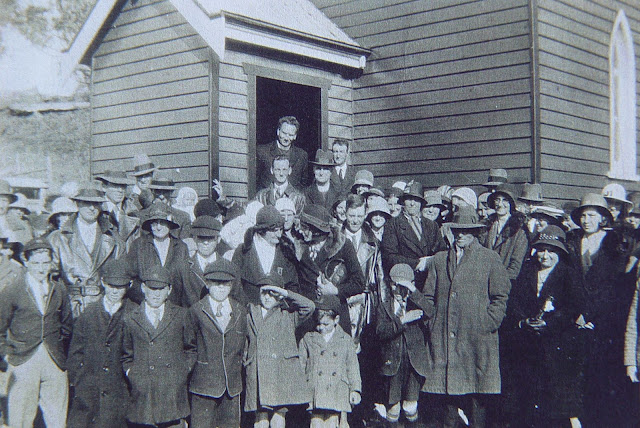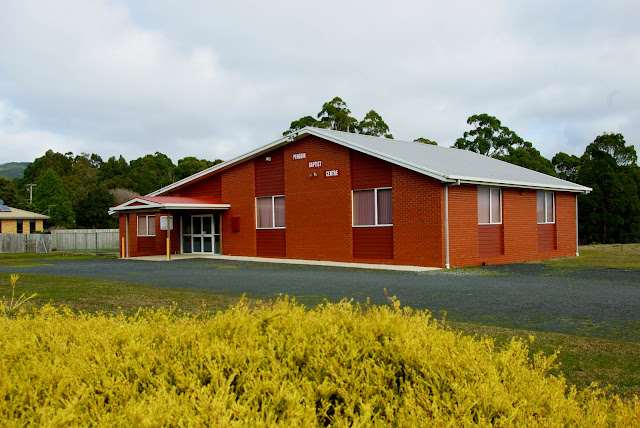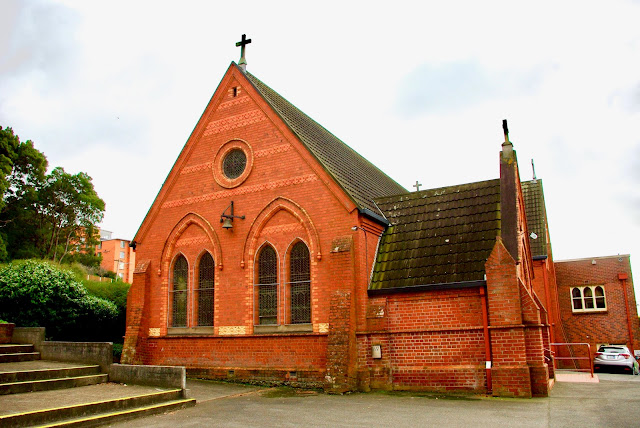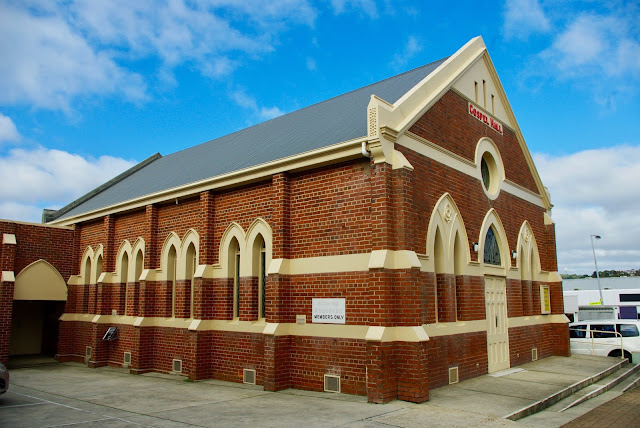No. 535 - Nietta Methodist Church - "The Light to Many Dark Souls"

Nietta is a rural community situated approximately 30km south of Ulverstone. Settlement of this once densely forested district began in 1886 but it was not until the establishment of a railway line to Ulverstone in 1915 that the area became readily accessible. A post office and a State school were opened in 1910 but the school was subject to frequent closure due to the poor condition of the roads. Methodist and Anglican churches were built in the early 20th century but these are now closed and have been removed. Two Methodist churches were built at Nietta; the first opened in 1920 but was replaced by a second church in 1934. In 1919 land was donated by Mrs Green and in October of that year the Advocate reported that “arrangements were practically completed for the erection of a church”. However, residents of the district were disappointed that the church was not “centrally situated” so as to serve both Nietta South and Nietta. In the same month the Methodist Assembly gave permission






